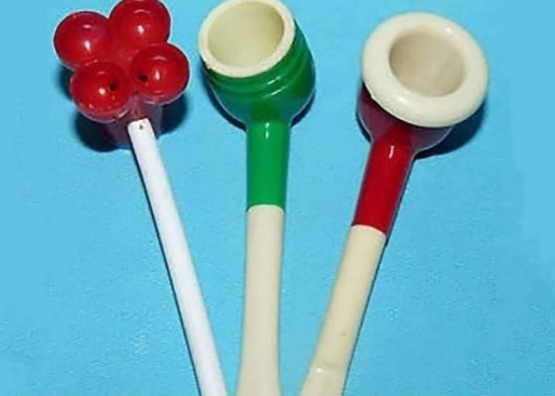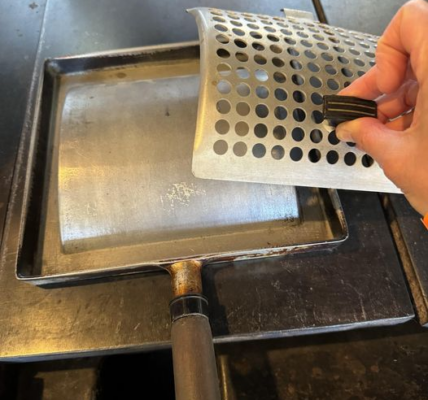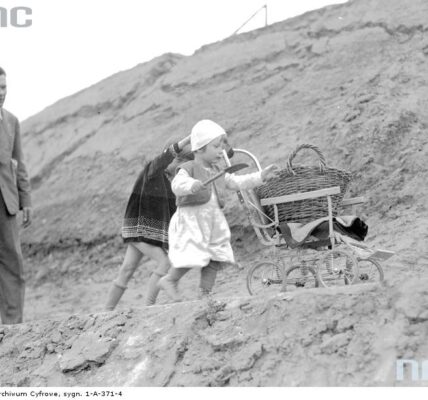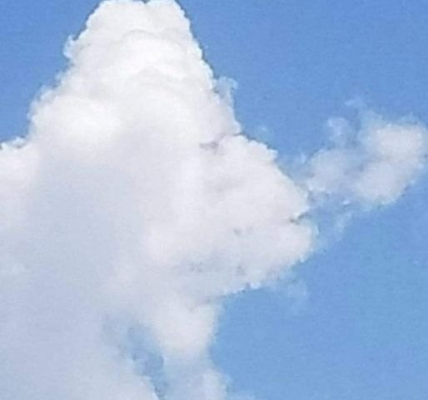The humble bubble pipe is often mistaken for a simple child’s toy, but it’s much more than that. While it shares its shape with traditional smoking pipes like bongs and water pipes, the bubble pipe’s purpose is entirely different. It’s all about creating whimsical, floating soap bubbles that bring joy to both children and adults. In this article, we’ll explore the fascinating world of bubble pipes, including their history, mechanics, and how they differ from other types of pipes. We’ll also dive into the science that makes them work and why they continue to capture our imagination.
What Exactly Is a Bubble Pipe?
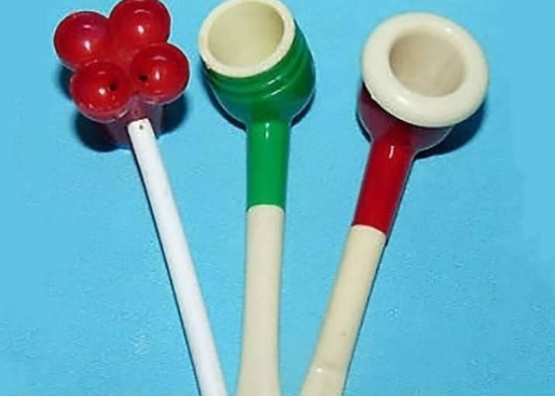
At its core, a bubble pipe is a toy that’s designed to blow soap bubbles. Shaped like a classic tobacco pipe, it features a hollow stem with a bowl-like end. To use it, you simply dip the bowl into a soap solution, then blow gently through the mouthpiece to create bubbles.
A Toy with a Playful Twist
Despite its resemblance to smoking accessories, the bubble pipe is purely for fun. The shape of the pipe adds an element of novelty, making it an intriguing toy for all ages. It serves as a tool for creating bubbles that float and shimmer in the air, providing lighthearted entertainment and simple joy.
The History of Bubble Pipes: From Patents to Playgrounds
Bubble pipes have been around since the early 20th century, with their popularity peaking in the 1940s when inventor Harry Wenner patented the toy. Originally designed as a playful twist on traditional smoking pipes, they quickly became a favorite among children and adults alike.
Evolution of Design
Over the years, bubble pipes have evolved in terms of materials and design. Early models were made of clay, mimicking the look of real smoking pipes. As the toy market grew, bubble pipes were crafted from colorful plastics and glass, offering more durability and visual appeal. While the designs have changed, their basic function has remained the same: to create bubbles and spread joy.
How Does a Bubble Pipe Work?
The bubble-making process may seem magical, but it’s actually rooted in basic physics.
Step-by-Step Mechanics of a Bubble Pipe
- Dip the Pipe: The end of the bubble pipe is dipped into a soap solution, which coats the opening with a thin film of soapy water.
- Blow Through the Pipe: As you gently blow through the mouthpiece, the air pressure stretches the soap film, forming a bubble.
- Bubble Formation: The soap film encapsulates the air, creating a floating sphere that remains intact until it pops.
The process is simple yet captivating, illustrating concepts like surface tension and air pressure. The pipe acts as the conduit, while the bubble solution does the heavy lifting, turning your breath into mesmerizing bubbles.
The Science Behind Bubble Solutions
The effectiveness of a bubble pipe depends heavily on the quality of the bubble solution. A typical bubble solution consists of water, dish soap, and occasionally, glycerin.
Role of Soap and Glycerin
- Soap: It reduces the surface tension of water, making it easier for air to form a bubble.
- Glycerin: This ingredient adds strength to the bubble’s film, helping it last longer and enhancing its iridescence.
When water is added to the mix, it binds with the soap molecules, creating a solution that is flexible yet durable. This combination is what allows bubbles to float, shimmer, and sometimes last for several seconds before popping.
How Bubble Pipes Differ from Other Types of Pipes
While bubble pipes share a similar shape with smoking accessories, their function and use are entirely different. Let’s compare bubble pipes to two common types of smoking devices: bongs and water pipes.
Bubble Pipe vs. Bong
- Purpose: The bubble pipe is designed for creating soap bubbles, while a bong is meant for smoking substances like cannabis or tobacco.
- Design: While both have a bowl-like shape, the bubble pipe’s bowl holds bubble solution, not smoking substances.
- Mechanics: Bubble pipes work by blowing air through the pipe to form bubbles, whereas bongs require inhalation, with smoke passing through water for cooling.
The contrast is clear: bubble pipes are purely for fun and play, while bongs are designed for an entirely different recreational activity.
Bubble Pipe vs. Water Pipe
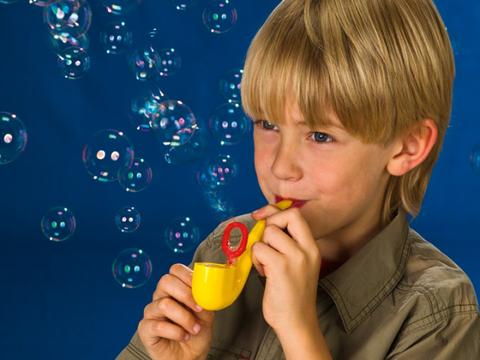
- Functionality: Water pipes, like bongs, are designed for smoking, using water to filter the smoke. Bubble pipes, in contrast, use water as part of a bubble solution to create bubbles.
- Airflow: Bubble pipes rely solely on exhaled air to generate bubbles, while water pipes involve inhaling smoke through water for filtration.
While the physical shape may bear some similarities, the purpose and mechanics of bubble pipes are worlds apart from water pipes.
The Joy of Bubble Pipes: Blending Fun and Science
Bubble pipes are not just toys; they offer a unique blend of fun and basic scientific principles.
Engaging with Science
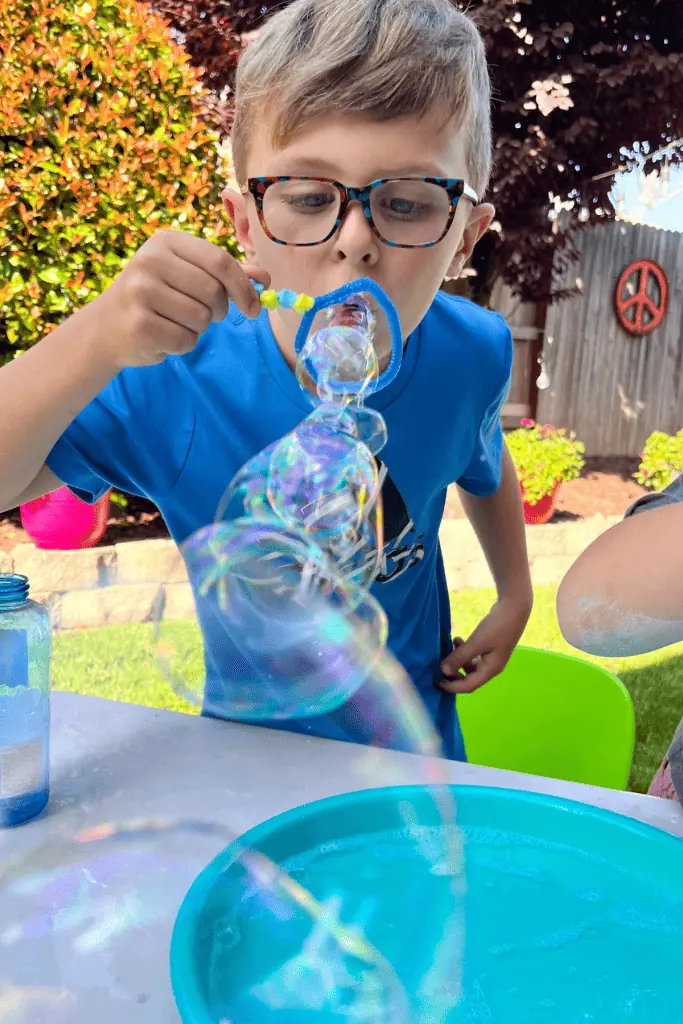
Using a bubble pipe is a playful way to explore concepts like surface tension, airflow, and thin film behavior. The act of blowing bubbles helps illustrate how air pressure interacts with the soapy film to create perfectly round spheres. For children (and curious adults), this can be a fun introduction to physics.
A Therapeutic Toy for All Ages
Beyond the scientific aspect, bubble pipes are incredibly relaxing. Watching bubbles float and shimmer in the air can be surprisingly therapeutic. It’s a simple yet effective way to relieve stress, making it a popular choice for outdoor gatherings, children’s parties, or even just a quiet moment of escape.
Conclusion: Embrace the Whimsy of Bubble Pipes
Bubble pipes may be humble in design, but they offer a delightful mix of whimsy, nostalgia, and basic science. While their shape may resemble traditional smoking pipes, their purpose is purely playful. With a history that spans over a century, bubble pipes continue to be popular among children and adults alike, bringing joy to anyone willing to blow a few bubbles.
So next time you see a bubble pipe, give it a try. You might just find yourself mesmerized by the enchanting dance of floating bubbles—a simple reminder of the magic hidden in everyday moments.
